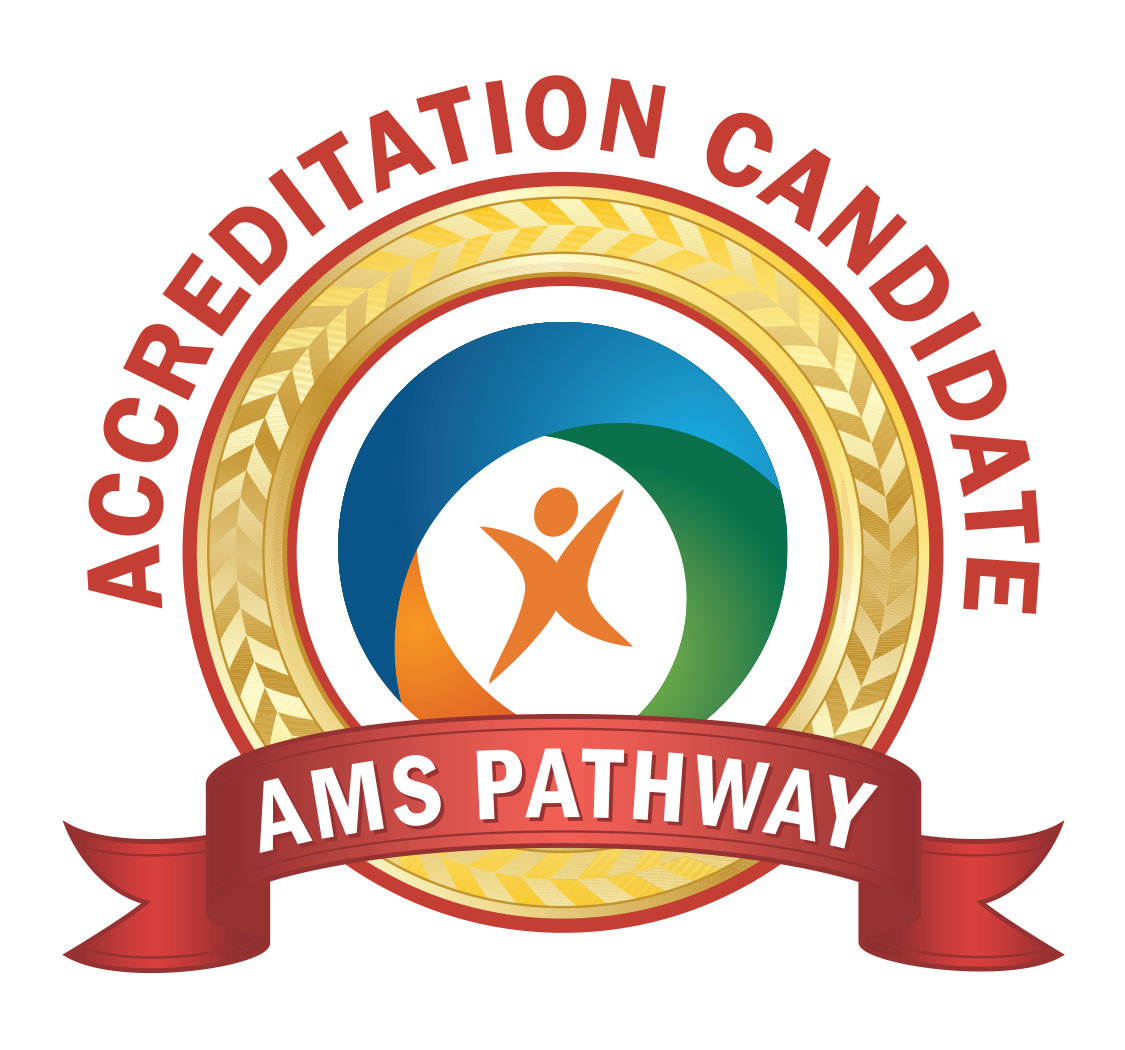Primary Program
An academic program for children ages 3-6.
Full-time & Part-time (3 days a week).
Un programa académico para estudiantes de 3-6 años.
Tiempo Completo y Medio Tiempo (3 días a la semana).
Program Overview / Descripción del programa
About Our Program
Our Primary Program is designed for children aged 3 to 6 years and focuses on fostering independence, creativity, and a love for learning. It provides a prepared environment where children can explore at their own pace, guided by specially trained teachers. Key features include:
Practical Life Skills: Activities like pouring, cleaning, and dressing that promote fine motor skills, concentration, and independence.
Sensorial Exploration: Hands-on materials to refine the senses and build cognitive skills.
Language Development: A focus on phonics, vocabulary, and writing to build strong literacy foundations.
Mathematics: Concrete materials that introduce concepts like counting, addition, subtraction, and more.
Cultural Subjects: Lessons in geography, science, art, and music to cultivate curiosity about the world.
Social and Emotional Growth: Emphasis on cooperation, respect, and conflict resolution.
Acerca de Nuestro Programa
Nuestro Programa Primario está diseñado para niños de 3 a 6 años y se centra en fomentar la independencia, la creatividad y el amor por el aprendizaje. Proporciona un entorno preparado donde los niños pueden explorar a su propio ritmo, guiados por maestros especialmente capacitados. Las características principales incluyen:
Habilidades de Vida Práctica: Actividades como verter, limpiar y vestirse que promueven las habilidades motoras finas, la concentración y la independencia.
Exploración Sensorial: Materiales prácticos que refinan los sentidos y desarrollan habilidades cognitivas.
Desarrollo del Lenguaje: Un enfoque en la fonética, el vocabulario y la escritura para construir bases sólidas en la alfabetización.
Matemáticas: Materiales concretos que introducen conceptos como contar, sumar, restar y más.
Asignaturas Culturales: Lecciones de geografía, ciencias, arte y música que fomentan la curiosidad sobre el mundo.
Crecimiento Social y Emocional: Énfasis en la cooperación, el respeto y la resolución de conflictos.
Main Focus / Enfoque Principal
Child-Centered (Not Teacher-Centered)
Unlike traditional classrooms, our program focuses on the teacher observing each child's interests and needs. Instead of standing at the front, the teacher engages with children at their level, working with individuals or small groups.
El Niño Es El Enfoque (No el Maestro)
A diferencia de las aulas tradicionales, nuestro programa se enfoca en que el maestro observe los intereses y necesidades de cada niño. En lugar de estar al frente, el maestro interactúa con los niños a su nivel, trabajando con individuos o grupos pequeños.
The Classroom / El Aula
A Mixed-Age Classroom
The curriculum is tailored to each child’s pace within a mixed-age classroom. Younger children learn by observing older peers, while older children build confidence, leadership, and responsibility by setting an example.
Aula de Edades Mixtas
El currículo está adaptado al ritmo de cada niño dentro de un aula de edades mixtas. Los niños más pequeños aprenden observando a los compañeros mayores, mientras que los niños mayores desarrollan confianza, liderazgo y responsabilidad al dar el ejemplo.
Independence / Independencia
The Gift of Choice
Your child will be introduced to a broad range of concepts and activities in individual and small group lessons. The real learning, however, occurs through independent activity by choosing to explore it, repeat it, and perfect it.
El Regalo del Poder de Elección
A su hijo se le introducirán una amplia variedad de conceptos y actividades en lecciones individuales y en grupos pequeños. Sin embargo, el verdadero aprendizaje ocurre a través de la actividad independiente, eligiendo explorar, repetir y perfeccionar lo aprendido.
Materials / Materiales
Hands-On Materials
Montessori materials promote hands-on learning, helping children grasp abstract concepts like mathematics and build a strong foundation for future learning.
Materiales para el Aprendizaje Práctico
Los materiales Montessori fomentan el aprendizaje práctico, ayudando a los niños a comprender conceptos abstractos como las matemáticas y a construir una base sólida para el aprendizaje futuro.
Activities / Actividades
Group Activities and Play
Most of the day focuses on self-directed work, with time for group activities, songs, and storytelling on cultural or scientific themes. Children also enjoy outdoor play, exploring and interacting with friends.
Acitividades Grupales y Juego
La mayor parte del día se centra en el trabajo autodirigido, con tiempo para actividades grupales, canciones y narración de historias sobre temas culturales o científicos. Los niños también disfrutan del juego al aire libre, explorando e interactuando con sus amigos.
Personalization / Personalización
One Size Does Not Fit All
Rather than a one-size-fits-all curriculum, the teacher is trained to recognize your child's unique potential, offering lessons tailored to their specific developmental stage. Your child will be challenged in a personalized way, not based on generic standards.
Una Talla no Funciona Para Todos
En lugar de un currículo estándar, el maestro está capacitado para reconocer el potencial único de su hijo, ofreciendo lecciones adaptadas a su etapa de desarrollo específica. Su hijo será desafiado de manera personalizada, no según estándares genéricos.
Kindergarten / Jardín de Infancia
Kindergarten Included
Montessori offers a continuous learning journey. Over three years in the Primary classroom, including the "kindergarten year," your child will develop skills in reading, writing, math, and geography. By the end, they’ll have strong academic skills and a passion for learning that feels limitless.
Jardín de Infancia Incluido
Montessori ofrece un viaje de aprendizaje continuo. Durante tres años en el aula primaria, incluido el "año de kindergarten", su hijo desarrollará habilidades en lectura, escritura, matemáticas y geografía. Al final, tendrá habilidades académicas sólidas y una pasión por el aprendizaje que se siente ilimitada.
Parent Reviews
"Kids World is a warm and loving place. My son has made great friends and it feels like we have a second home."
— Sampson Family
“Everyone in the Kids World team are marvelous and dedicated to the students. We are very thankful to have found Kids World."
— Pang Family

